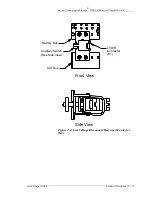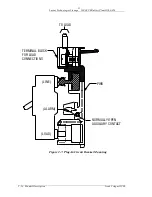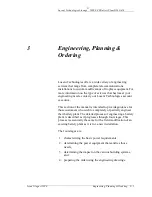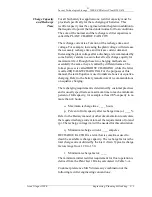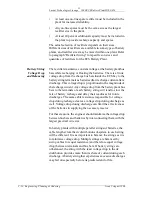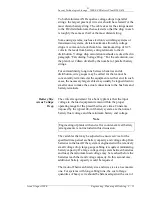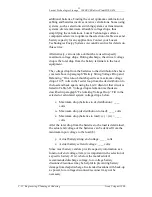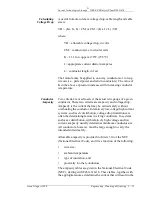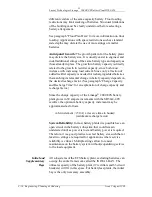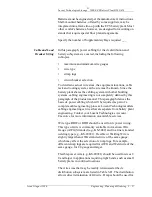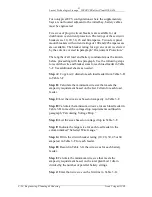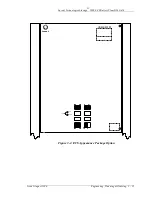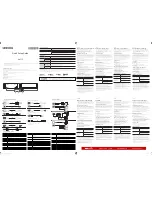
Lucent Technologies Lineage
®
2000 ECS Battery Plant H569-416
Issue 2 August 1996
Engineering, Planning & Ordering 3 - 11
To both minimize AND equalize voltage drops to parallel
strings, the largest practical wire size should be selected for the
most distant battery string. The cable sizes for the strings nearer
to the DC distribution are then selected so that the drop in each
is roughly the same as that for the most distant string.
Some using systems, such as electronic switching systems or
transmission systems, dictate maximum allowable voltage
drops. A common rule-of-thumb is a maximum drop of 0.25
volts in the leads from battery string terminals to the dc
distribution. Voltage drop calculation methods are described in
paragraph “Calculating Voltage Drop.” For the calculation, use
the plant List 2 drain divided by the number of parallel battery
strings.
For extraordinarily long runs between batteries and dc
distribution, wire gauges may be called for that cannot be
conveniently terminated at the equipment at either end. In such
cases, the necessary larger cables may usually be tapped down to
smaller ones to make the actual connections to the bus bars and
battery terminals.
Battery Size
versus Voltage
Drop
The critical requirement for a battery plant is that the input
voltage to the load equipment remain within the proper
operating range for the prescribed reserve time. Constants
imposed by the typical 48-volt battery system are the normal
battery float voltage and the minimum battery end voltage.
The variables that may be adjusted to ensure service for the
specified time period are battery capacity and voltage drop from
batteries to the load. If the system is engineered with a relatively
small voltage drop, large gauge cabling is required, minimizing
battery capacity. If a large voltage drop exists between batteries
and load, the minimum load voltage may be reached before the
batteries reach their end voltage capacity. In this second case,
additional battery capacity would be required.
The trade-off between battery size and wire size is an economic
one. For systems with long cabling runs, the cost of large
quantities of heavy wire should be balanced against the cost of
Note
Engineering of plants with end cell or counter-emf cell battery
arrangements is not included in this discussion.

